Support local biodiversity by avoiding invasive plants in your garden
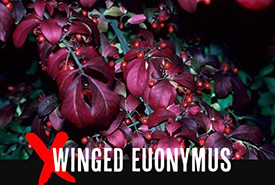
Winged euonymus (Photo by John Ruter/University of Georgia/Bugwood.org)
With gardening season upon us, the warm weather brings hope that your favourite plot of soil will be better than it was last year. At the Invasive Species Centre, we have one request as you mull over your garden plans for 2019: please avoid the...
International Day of Biological Diversity: A thank you note to Algonquin Park
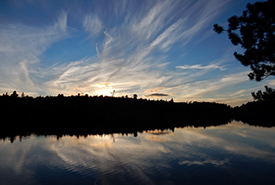
Joe Lake, Algonquin Provincial Park (Photo by Brett Hodnett/Wikimedia Commons)
Three. That’s how many Nature Conservancy of Canada (NCC) supporters recently (within the span of a week) shared with me that their current passion for nature and support for our work at NCC was sparked by spending time in Algonquin Park...
Think globally, conserve locally
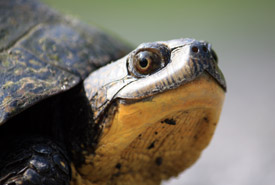
Blanding's turtle (Photo by Gabrielle Fortin)
At the beginning of May, representatives of 132 governments around the world released a United Nations report that issues a stark warning: the accelerating deterioration of nature is jeopardizing humanity’s collective future. The report is...
Success under pressure: Helping landowners succeed with stewardship in southwestern Ontario
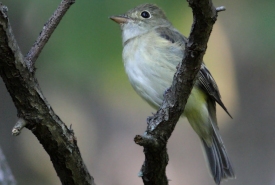
Acadian flycatcher (Photo by Bill Hubick)
The Carolinian ecoregion of Canada makes up one per cent of the country’s total land mass and is limited to southwestern Ontario. Many of the region’s 70 tree species — such as tuliptree, pawpaw and sycamore — are found...
Nature's most devoted mothers
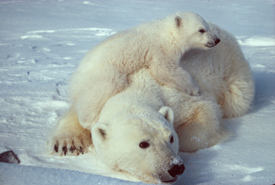
Polar bear mother with cub (Photo by Scott Schliebe/Wikimedia Commons)
Every day, millions of mothers around the world work tirelessly to protect and provide for their young. This Mother’s Day, learn about 10 mothers in the wild and the neat ways they take care of their offspring. Refrigerator mothers Polar...
Slow down, and connect
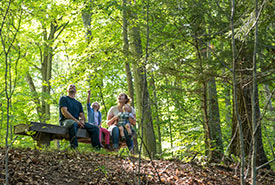
Colleen Dale believes the best way to educate Canada’s future conservationists is by taking them to explore her favourite place in nature: Ontario’s Backus Woods. (Photo by Neil Osbourne)
Ontario’s Backus Woods is a stellar example of one of Canada’s most diverse life zones. Growing up in a time without the internet, Colleen Dale learned about nature the old-fashioned way: getting out into it. “I can remember...
Heard it from a Scout: Arctic action — a call for conservation
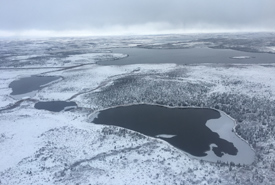
An aerial view of the Arctic landscape (Photo by NCC)
Each unique landscape in this world — whether it’s a forest, prairie, desert or the Arctic — plays a pivotal role in nature. The Arctic, in particular, supports a variety of flora and fauna while also helping to regulate global...
Adjusting to change
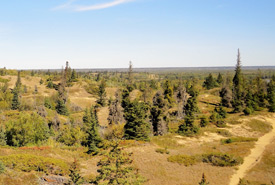
Assiniboine Delta, MB (Photo by Jordan Becker)
“According to Darwin’s Origin of Species, it is not the most intellectual of the species that survives; it is not the strongest that survives; but the species that survives is the one that is able best to adapt and adjust to the...
Acknowledging change
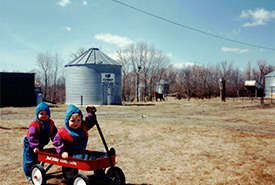
Growing up on a farm in southwestern Manitoba, some of my clearest memories are of the extreme temperatures I experienced. (Photo courtesy of Steven Anderson)
“Everything changes and nothing stands still.” ~ Heraclitus of Ephesus, as quoted by Plato Growing up on a farm in southwestern Manitoba, some of my clearest memories are of the extreme temperatures I experienced in that lovely...
My bucket list adventure in the Galapagos Islands
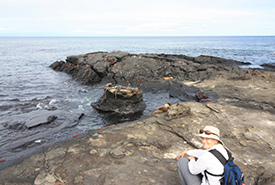
Kristyn Ferguson in the Galapagos Islands (Photo by Jeff Verberne)
For many biologists, the Galapagos Islands are usually near the top of their list of places to see in this lifetime. On my bucket list they were annotated with an “!”. When my mentor and good friend James Duncan passed away suddenly in...

